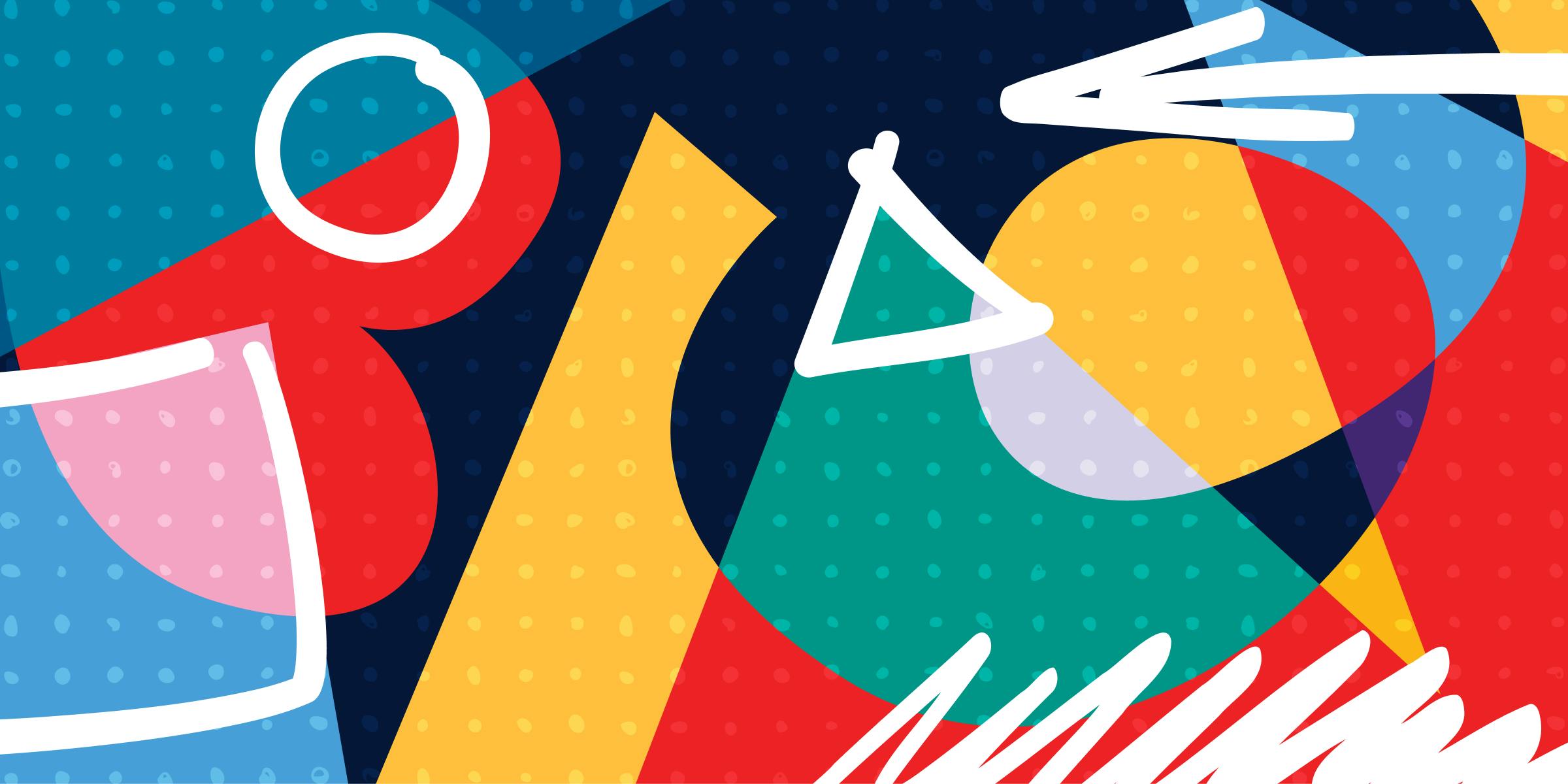Handwriting recognition technology stands at the precipice of this evolution, blending the natural intuitiveness of pen and paper with the advanced capabilities of digital solutions.
MyScript has always been at the forefront of this revolution, pioneering advancements in digital ink technology and handwriting recognition. With the introduction of MyScript iink SDK 3.0, we strive to set new standards for digital writing technology, providing users and developers alike with an enhanced toolkit.
Building on the foundations of iink SDK 2.X
Designed for handwriting recognition and content management, MyScript iink SDK accurately interprets handwritten input across different platforms and frameworks, using advanced algorithms and machine learning.
Originally, our SDK aimed to deliver an all-in-one solution, powered by state-of-the-art AI and fuelled with innovative UX, providing UI automation through recognition results. Relying on the SDK's rendering stack, this allows for the building of applications that benefit from highly qualified UX interactions at a low integration cost. These APIs pretty much offer the same capabilities as our note-taking app Nebo.
Our customers loved how easy it was to integrate, but eventually asked for more customization options to better match their existing solutions, addressing simpler use cases with lower UI expectations. This led us to introduce new sets of features in the 2.X versions, to cover the entire range of customization options and integration complexity.
Offscreen interactivity
These APIs leverage the persistent iink context, providing gesture detection and stroke editing capabilities, without triggering automatic UI responses. However, they require synchronization between iink and application data models, along with managing all user interaction behavior on the client side.
Recognizers
These simple APIs provide recognition results from stroke points, and can quickly process recognition, making it ideal for batch processing and direct recognition outcomes. As a matter of fact, a Recognizer is much more likely to act fast and be accurate as the user indicates upfront what kind of recognition they expect. This way, there can be no confusion, for instance, on whether a stroke is the letter "O", the number "0" or a drawn circle.
In the case of Recognizers, our initial focus was on text and gesture recognition, to enable crafting apps capable of editing content within text fields using handwriting. Yet, it proved insufficient for handling all basic integration scenarios. Some apps, such as those on interactive whiteboards, require dedicated recognition processing to distinguish shapes or mathematical expressions due to their tailored input requirements. We were aware that there was yet more to accomplish.
Unveiling new AI tools & architecture with iink SDK 3.0
Driven by our customers' feedback and our determination to solve the complex challenges they face, we're thrilled to announce the release of MyScript iink SDK 3.0, the latest milestone in this ongoing journey. This latest update extends the capabilities of dedicated Recognizer objects with Math and Shape recognition, supporting a wider range of content and leading to more accurate recognition outcomes. It also improves and expands Offscreen interactivity with the introduction of an undo/redo stack.
New Math Recognizer
The Math engine integrated in Recognizers is now using a revamped AI architecture, delivering substantial enhancements in accuracy without compromising performance. Looking ahead, one of the most exciting advancements we're working on for our technology is its ability to intuitively recognize math content without the user needing to specify its nature. In future iterations, Math Recognizers will possess the intelligence to discern mathematical equations and expressions from regular text or shapes, seamlessly. This leap forward aims to further streamline the user experience by reducing the need for manual input type selection, thereby enhancing efficiency in data capture and processing.
New Shape Recognizer
Integrators can now leverage Shape Recognizers to tap into MyScript's cutting-edge technology for shape recognition, already available for diagrams and notes content. This feature enables them to enjoy streamlined shape recognition for specific input modes, enhancing usability and efficiency. Beyond simply recognizing shapes, it elevates the recognition process by perceiving shapes in their overall context. This advanced capability ensures a more coherent and cleaner result by automatically aligning shapes and adjusting their sizes for greater uniformity.
Improved Offscreen interactivity
This version also greatly improves the Offscreen interactivity solution, which allows for advanced interactive features on stroke contents. Besides offering incremental, editable and reusable features, version 3.0 introduces support for an undo/redo stack for Offscreen interactivity integration. This enhancement is akin to a rendering-driven solution, resulting in improved performance and stable recognition outcomes in relevant use cases.
Empowering the future of digital handwriting
The advancements encapsulated within MyScript iink SDK 3.0 are a testament to our commitment to innovation, quality, and addressing the dynamic needs of our users. These upgrades mark a considerable leap forward in the realm of digital handwriting and ink technology. We're confident these enhancements will significantly elevate the user experience, streamlining workflows and boosting productivity across numerous applications.
Getting started with MyScript iink SDK 3.0
Check out iink SDK 3.0's latest enhancements on the MyScript Developer website. With easy-to-follow documentation and examples, see for yourself how our SDK can elevate your existing solutions. Start exploring for free, and join us in pioneering the future of digital handwriting!
